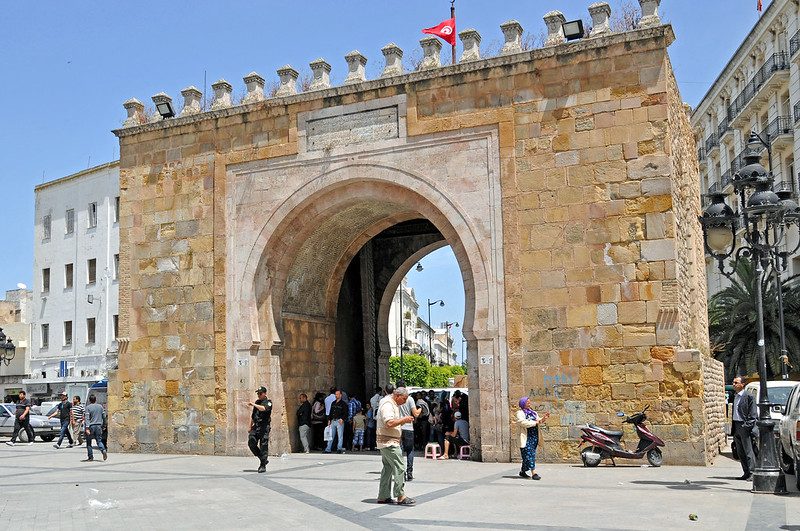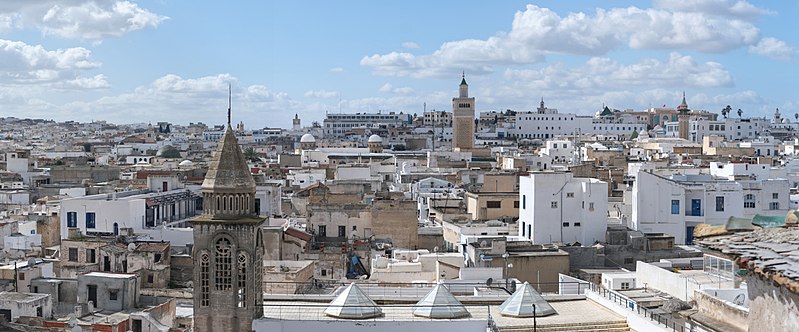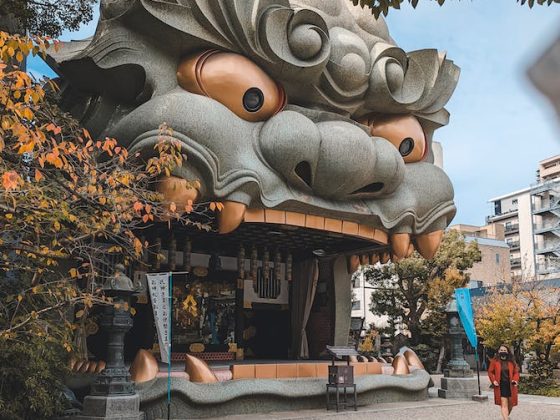Within the heart of the capital city, Tunis, this ancient walled city encapsulates centuries of diverse influences, reflecting the intersections of Arab, Andalusian, Ottoman, and French cultures. Stepping into the Medina is like entering a labyrinth of narrow alleys, bustling markets, and historic structures that have withstood the test of time, waiting to share the secrets of the ages to visitors from all corners.
The Medina Architecture
Presently, much of the medieval Medina has retained its original charm, and approximately 2,000 residents now inhabit its historic quarters, as one of the best Tunisia attractions. The Medina unfolds as an expansive and captivating labyrinth of ancient streets and alleys. Within its confines, numerous covered souks offer a diverse array of goods, ranging from shoes, clothing, chechia hats, and carpets to sheesha pipes. The intricate network of back lanes hosts the workshops of skilled artisans, while the residential areas are distinguished by grand, brightly painted doorways.
Heritage Site Status
Throughout the years, contemporary housing has gradually encroached upon the Medina. In the 1930s and 1940s, substantial portions of the northern sector were dismantled to eradicate slums and enhance vehicular accessibility. Fortunately, various conservation groups mobilized to safeguard the Medina, and their collaborative endeavours have preserved Tunisia’s cherished gem. Recognizing its historical significance, the Tunis Medina attained UNESCO World Heritage status in 1979.
The Souks of the Medina
Within the Tunis Medina, diverse souks offer a glimpse into the city’s rich craftsmanship and trade history. Souk el Attarine, dedicated to perfumers and located alongside the mosque’s north wall, retains a few authentic scent-makers amidst the dominance of modern toiletries. The tranquil Souk des étoffes showcases an array of cloth, kaftans, and blankets, drawing primarily local patrons. For carpet enthusiasts, the bustling Souk des Tapis boasts the highest concentration of rug and carpet sellers, so make sure to stop by from your accommodation at The Residence Tunis.
The Interesting Buildings Within

The Tunis Medina is adorned with historical landmarks, including the Great Mosque, which encompasses the Muslim University and library. Another notable site is the Aghlabid Ez-Zitouna Mosque, also known as the “Mosque of the Olive,” constructed in 723 by Obeid Allah Ibn-al-Habhab to commemorate the establishment of the new capital. Additionally, the Dar-al-Bey, or Bey’s Palace, stands as a testament to a fusion of architectural and decorative styles spanning various periods.







